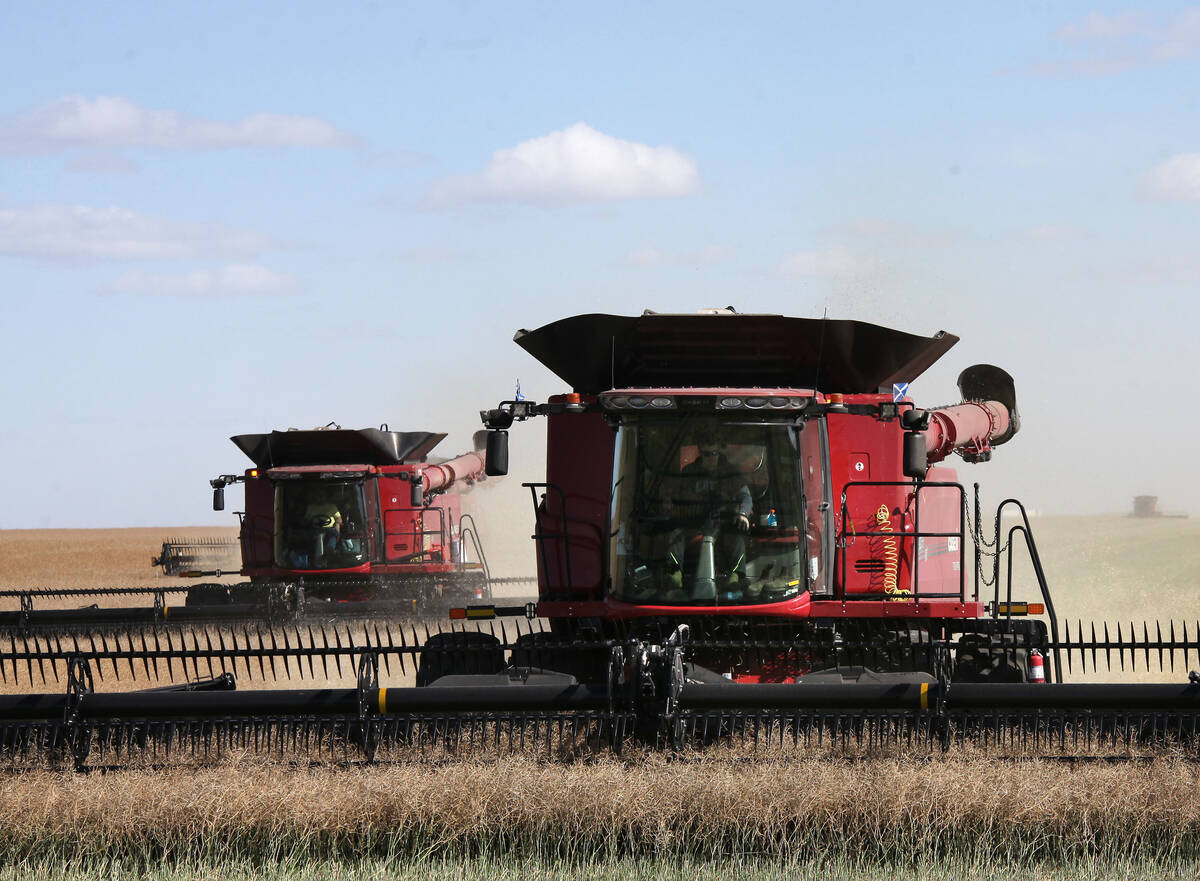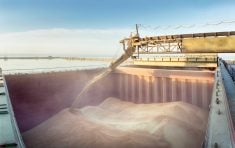Biomass from British Columbia’s farms figures prominently in the new bioenergy strategy the provincial government released Thursday.
The strategy, which is meant to help the province toward its goal of self-sufficiency in electricity by 2016, will back development of pilot- and demonstration-scale projects with industries and communities in its “key biomass resource areas.”
While forests hit hard by mountain pine beetle infestations, leaving behind waste timber, are an obvious “resource area” for the province, the strategy will also back research into “socially and environmentally responsible dedicated energy crop production,” as well as into the use of enzymes and biotechnology to better convert biomass to energy, and development of new sources, such as plant cellulose, for biofuels.
Read Also

Notable changes in exports to China, India
China and India figured prominently in the September export data issued by the Canadian Grain Commission on Nov. 7. For the most part, the CGC’s numbers highlighted issues with grain, oilseed and pulse exports from licensed facilities to those countries.
Other goals listed in the strategy include boosting consumers’ use of biofuels and encouraging production of anaerobic digestion systems to generate energy from farm wastes.
To source these fuels-in-waiting, Energy Minister Richard Neufeld said the province “will develop one of Canada’s most comprehensive provincial biomass inventories, identifying waste to energy opportunities throughout B.C.”
Near-term plans in the strategy include seeking approval from the legislature for a $10 million, three-year fund to increase biodiesel production, and $25 million to set up a provincewide Bioenergy Network to lever further investment in B.C. bioenergy projects and technology.
The network is also expected to boost “world-class” bioenergy research and technology expertise in B.C., partly by creating “at least one” academic leadership chair in bioenergy.
In the longer term, the strategy includes a goal of meeting 50 per cent or more of B.C.’s renewable fuel requirements by 2020 with biofuels made within the province. Also by 2020, the province hopes to establish “at least 10” community energy projects that convert local biomass into energy.















